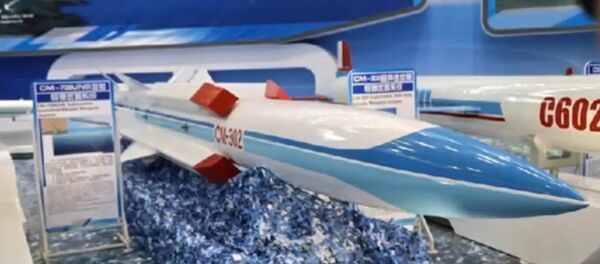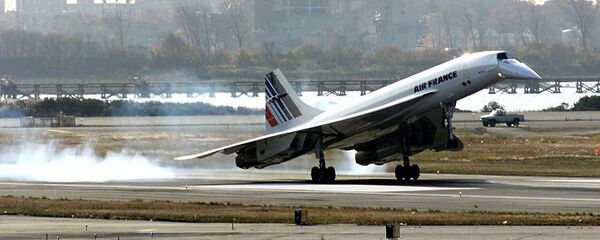Programs aimed at building hypersonic glide vehicles could be divided into two broad categories. The first one is focused on hypersonic combat-ready equipment for ballistic missiles, while the second one deals with land and sea-launched cruise missiles.
Hypersonic warheads
Hypersonic warheads will primarily be fitted onto intercontinental ballistic missiles (ICBM) since they are capable of smashing a hole in the air defenses of the enemy.
"As technology advances, they could become a guided carrier for several warheads, essentially turning into a next-generation suborbital nuclear bomber," analyst Konstantin Bogdanov wrote for Lenta.ru.
These warheads could both be nuclear and conventional. The latter could be used as a high precision instrument of the so-called Prompt Global Strike, a military initiative meant to allow the United States to carry out a precision-guided conventional weapon airstrike anywhere in the world within one hour.
The United States is also working on another project related to the Prompt Global Strike initiative. Led by the US Army, it has produced Advanced Hypersonic Weapon (AHW) glide vehicle, which was successfully tested in 2011.
Russia has long been interested in hypersonic glide vehicles, with the Reutov-based NPO Mashinostroyeniya missile design bureau working on the Albatros missile system in the late 1990s. The bureau is currently working on the so-called 'Object 4202,' a hypersonic warhead meant to be mounted onto the Sarmat ICBM.
China has also pursued hypersonic warheads. The country is said to have conducted seven tests of the DF-ZF hypersonic glide vehicle since 2014.
"According to US analysts, this warhead could be fitted onto intermediate-range ballistic missiles as well as intercontinental ballistic missiles. Due to higher precision and maneuvering they could be used as a warhead for 'China's national weapon,' anti-ship ballistic missiles designed to attack US Navy's aircraft carrier groups," the analyst said.
Hypersonic cruise missiles
The United States has worked on two projects aimed at developing hypersonic cruise missiles: the X-51 Waverider, which is estimated to be capable of accelerating to a maximum speed of Mach 5, and High Speed Strike Weapon (HSSW). The latter is a hypersonic cruise missile with a maximum speed of Mach 5+ and range of up to 1,100 kilometers (683.5 miles) which is meant to be fitted onto Northrop Grumman B-2 Spirit bombers and Lockheed Martin F-35 Lightning II multirole fighters. The prototype is expected to be built by the early 2020s.
"It is hard to say how far Russia has advanced in designing a hypersonic cruise missile. On the one hand, some say that the work is in progress. Such weapon is estimated to enter service in the mid-2020s. In particular, patents directly linked to this issue have surfaced in open sources," the analyst said.
Bogdanov further mentioned the Zircon hypersonic cruise missile, adding that its developers have encountered technical difficulties, according to some source.
The Zircon missile has been tested since 2012.
There is no reliable information available on China's hypersonic cruise missiles except for occasional reports stating that Beijing is working on this type of weapons.




